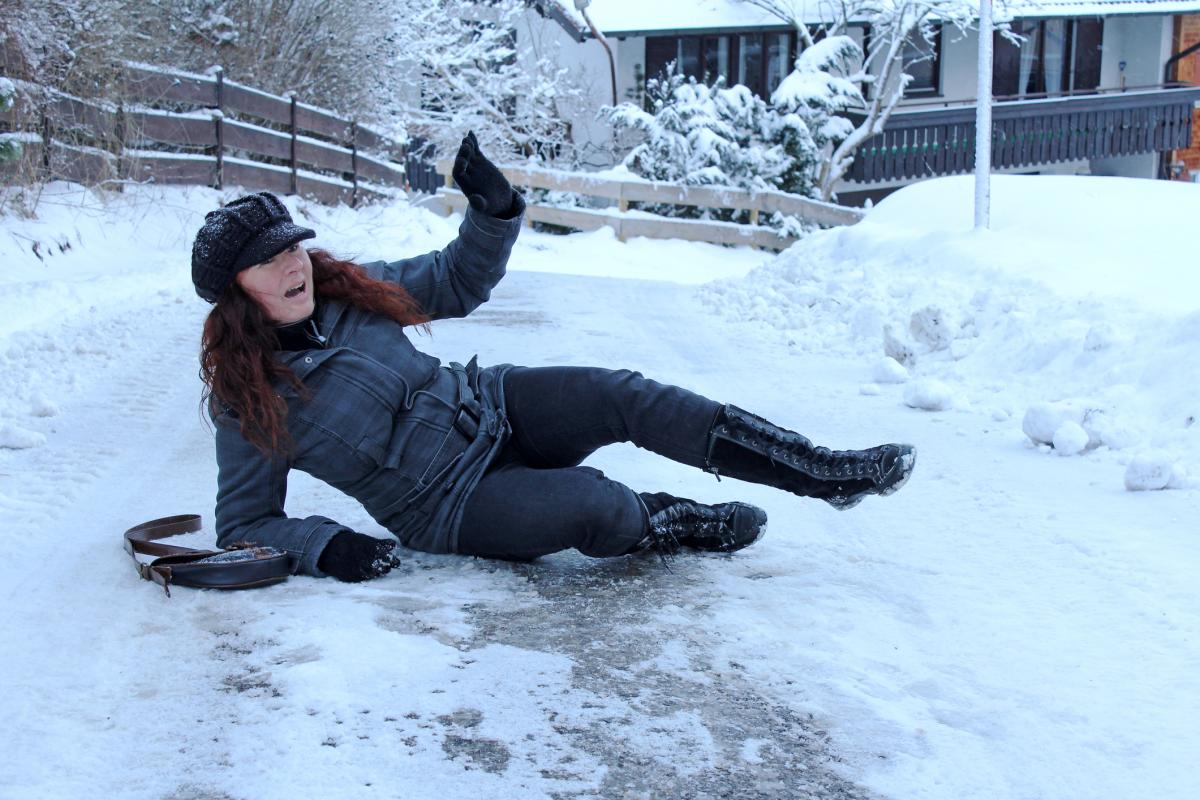Don't let a fall spoil your holidays: Fall prevention tips

With winter in full swing, the rate of visits to the emergency department (ED) due to falls is also on the upswing.
“Falling is a leading reason people visit the emergency department and is a leading cause of disability among the elderly,” says Chris Cornett, MD, Nebraska Medicine orthopaedic surgeon.
Even with the best preventive measures in place, sometimes a fall can't be prevented. If you need an evaluation or second opinion from an orthopaedic surgeon, call 800.922.0000 to schedule an appointment.
_0_0.jpg)
Falls tend to increase during the winter months, especially with wet, cold and slippery conditions. “We also see more falls around the holidays when people are out more and may be unfamiliar with their surroundings,” says Mathew Goede, MD, Nebraska Medicine trauma and critical care surgeon.
About half of all falls occur at home. The incidence of falls increases after age 50 and gradually rises with age, as does the risk for severe injuries and mortality. Almost half of individuals 65 and older end up going to a nursing home or rehabilitation facility after a fall-related injury and 12 percent will die, notes Dr. Goede.
No matter what your age, you can reduce your risk for falls by improving your strength, balance and flexibility, and by taking steps to make your home is safe. Dr. Cornett recommends taking the following steps to prevent falls:
Making your home safer
- Keep sidewalks and steps free of snow and ice
- Remove clutter that could easily be tripped over in places where you walk
- Remove small throw rugs
- Keep items you use frequently within reach to avoid the need to use a step stool
- Improve lighting in the home
- Install grab bars next to the toilet and in the tub or shower
- Wear shoes that provide good support and have thin, non-slip soles
- Use medical alert bracelets for the elderly
Exercise regularly. Exercise that includes a combination of weight lifting and cardio exercises can reduce the incidence of falls by making you stronger and more coordinated. A regular physical activity regimen is essential to improving and maintaining strength, flexibility and balance to prevent falls.

Review your medications. Falls are often an indication of other underlying conditions such as gait or balance problems that may be related to medications. Some medicines or certain combinations of medicines can interact adversely and cause drowsiness or lightheadedness.
Get your vision checked. Your eyeglass prescription may need to be updated or you may have a condition like glaucoma or cataracts that can limit your vision.
When should you go to the ED
“If you have any concerns, get medical attention,” says Dr. Cornett. “Anyone who has a condition like osteoporosis that puts you at higher risk for fracture should also go to the ED. Also, keep in mind that as a person ages, their pain threshold becomes greater, so pain may be more difficult to gage.”
The following symptoms are reasons to go to the emergency department:
- Significant amount of pain or swelling
- Limited motion of a limb
- Any changes in alertness or mental status, headaches, dizziness or visual changes
- Loss of sensation or movement in a limb




